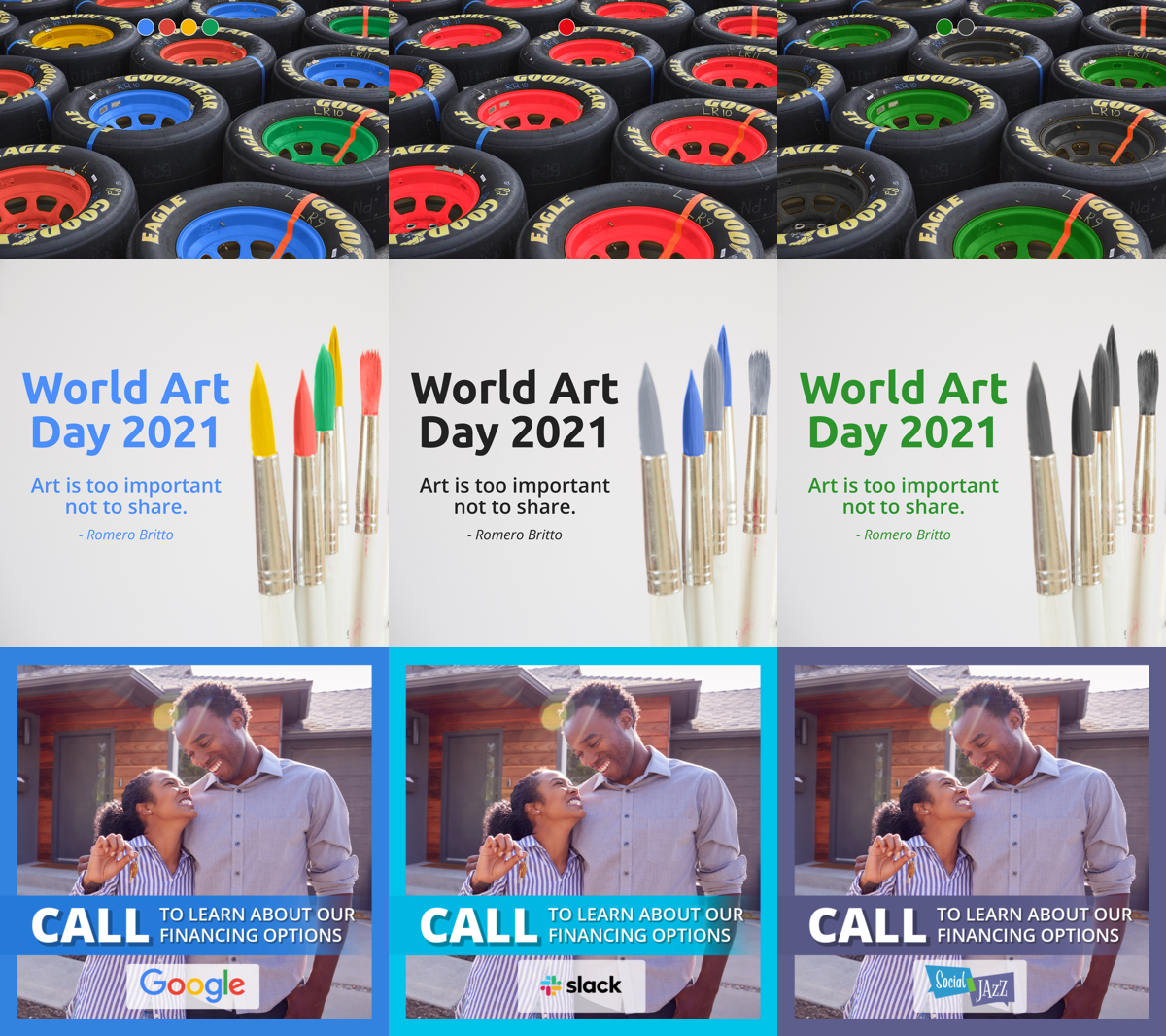Social Jazz
The Problem
Several years ago, Paul (my long-time collaborator) came to me with an idea for a social media management tool specifically designed for small businesses. He noticed that he would often go months without posting anything to his startup's social media accounts, because he was too busy. He needed help creating professional-looking content that matched his brand.
Note: This was before the explosion of LLMs and AI-generated content... more on that later.
The Social Media Tool Landscape
So, I spent some time looking for a tool, to help Paul. I found a bunch of options like Hootsuite, Buffer, and Sprout Social. Most of the tools were built for marketing folks, not for the solo entrepreneur or small business owner who just wants to post a few times a week without spending hours on it. More importantly, none of them tackled the most time-consuming part of the process... content creation.
The Big Company Advantage
Big companies have entire teams dedicated to this stuff. They've got brand guidelines, content calendars, approval workflows, and tools that automatically resize everything for different platforms. Their posts look consistent, professional, and on-brand because they have systems and people whose literal job is making sure of that.
This is the kind of problem that I love to solve... using technology to level the playing field for small businesses so they can compete with the big guys.
Building Social Jazz
So we started building Social Jazz with one simple goal: make small businesses look as professional as big companies on social media. We wanted to create a tool that would take care of the heavy lifting, so business owners could focus on running their business instead of stressing over social media.
The core insight was this, small businesses don't need more features, they need fewer decisions and more automation. Instead of giving them a blank canvas and infinite options, we fill up their calendars with ready-made posts, based on their industry, and automate the branding and publishing.
Here are the things we set out to solve:
- Content creation: Automate the creation of professional-looking posts
- Branding: Use their logo and colors on the post images
- Scheduling: Create a social media plan that accounts for seasonality
- Publishing: Automatically post to all of their social platforms
- Ease of Use: Make it so simple that anyone could use it without training
Fight the Monster First

I knew that the biggest technical challenge would be the branding, so I spent a weekend banging out a proof of concept.
After a speedrun though wikipedia entries on color theory, I came up with an approach that seemed viable, so I took the brand colors of several big companies, and pumped them into a branding algorithm to see how well it could recolor some photos.
The results were promising. The algorithm was able to accurately apply the brand colors to the images, creating a cohesive look that matched the companies' existing branding. And after a little extra fiddling, it was also able to resize, style, and inject the logos.
Tackling the biggest challenge first, is a great way to build confidence in a project. If you can solve the hardest problem, the rest of the work feels like a breeze (in comparison).
Then it's as simple as starting a company 😜
Building a new company from the ground up is a wonderful challenge (a bit like building software). It requires a blend of creativity, determination, and resilience. You have to wear many hats, from product development to marketing to customer support. But most importantly, you have to be willing to keep going, even when things get tough.
Most of the credit goes to my co-founder (Paul). I absolutely could not have done this without him, and I'm very grateful for his tireless efforts and optimism in the face of such a daunting challenge.
Yada, yada, AI
It's been an epic adventure. We navigated our fledgling company through a pandemic, weathered global economic uncertainty, built a product that people really enjoy, and bootstrapped our way to profitability. Heck, we even built our own image editor. But our biggest shift came when we integrated AI...
When we started, we created all of our content "the old fashion way," with a team of designers and with help from industry experts. Then we layered in technology to customize the content and style for each client. This model served us well in the early years, but it meant that we were confined to a limited set of markets. Now, with the rise of AI-generated content, we can open up our service to a much wider audience, and we can also customize the content much more deeply.
The Big Takeaways
- Start with the hardest problem first
- Focus on solving real pain points for your customers
- Instead of adding more features, remove friction
- Reaching small businesses is a challenge, but it's well worth it